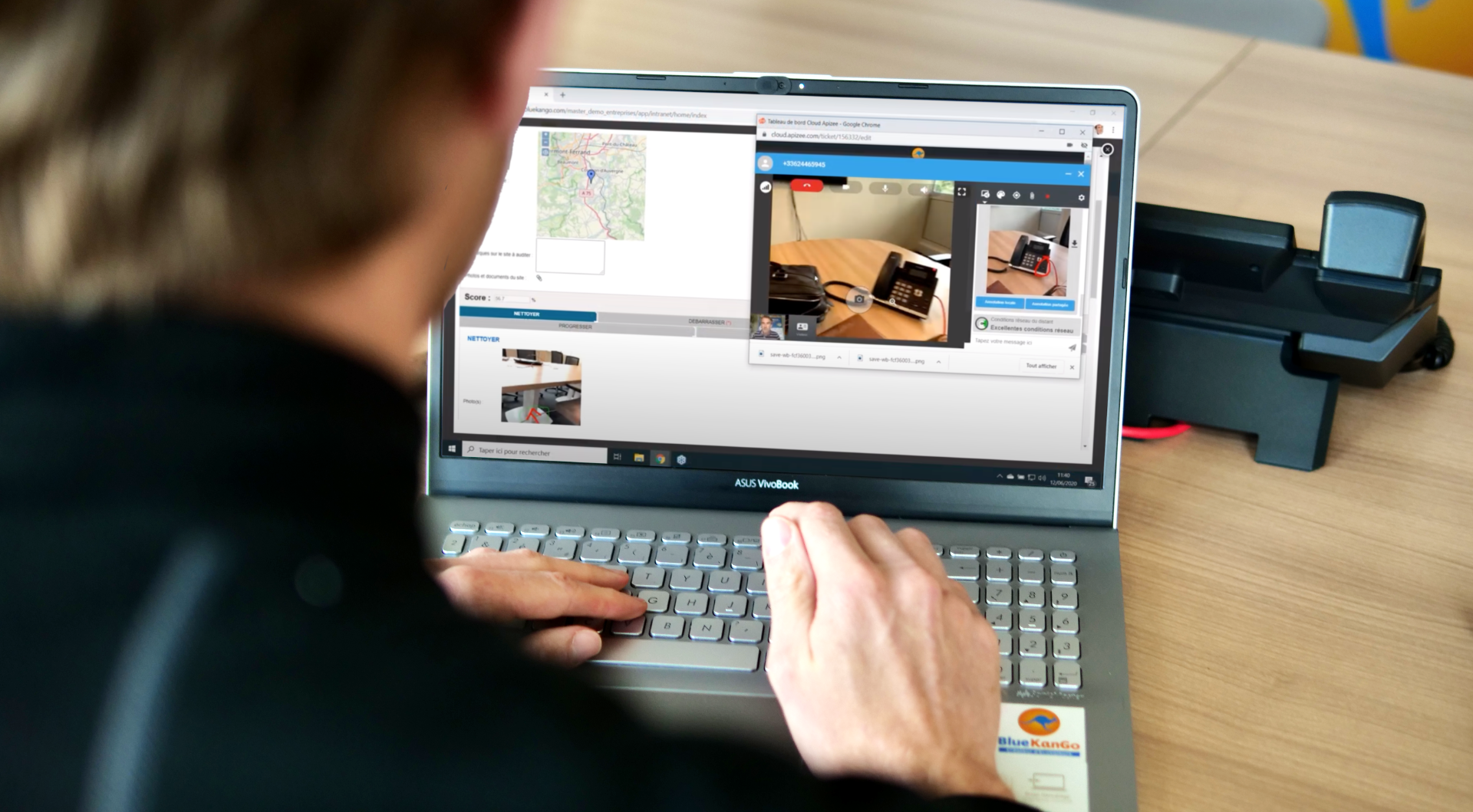
The health crisis of 2020 had businesses rethink their Quality and HSE practices in order to avoid any new business disruptions and remain competitive in their market. Remote audit is an example of this. Could this trend become widespread? In which cases? How can this be done?
Why are we talking about remote audits?
Companies are increasingly under pressure from new QHSE standards, internal and external control audits, as well as training and certification renewals. Sites multiplication and international relocation considerably increase the geographical scope of activity. This could be detrimental to the company's quality and HSE assurance and generate significant costs: high travel times, multiplication of human and material resources, etc...
In addition, the health crisis at the beginning of the year had companies rethink their corporate strategies in terms of global management and quality and risk management. The control offices, for example, have been hit hard by the crisis through a shutdown of activity. Companies have had to review their certification renewal schedule and anticipate the resumption of business activity to ensure the highest level of security for their employees..
In this context, remote audits are a guarantee of quality for companies that will be able to manage risks remotely, reduce their implementation costs, anticipate a business activity resumption and protect themselves against a possible new crisis. The principle of field audits remains unchanged; however, only the person being audited is present on site and is in communication with the auditor who guides him/her remotely.
How to set up remote audits?
To be optimal, the implementation of remote audits requires a digitisation of the company's internal processes in order to save time and avoid the risk of loss of information and lack of information transmission, due to the handling of paper, office files and emails.
Common everyday technologies are used, such as smartphones and tablets mainly, but there resources are numerous! IOT connected objects such as onboard cameras, drones, connected glasses and helmets can be used... Robotics can even be used to inspect high-risk areas such as disaster areas (fire or structurally fragile), areas with a high level of radiation or toxic emanations, etc...
What is the solution for setting up these audits?
A SaaS (Software-as-a-Service) solution allows you to digitise your company's processes, while offloading the IT department. Indeed, only regular updates take place without changing the software version and without stopping activity.
The company's existing structure, processes and data are preserved. They will simply be dematerialised in order to centralise all information on the same platform. The different services and tools are interconnected to avoid any duplication of information and statistical tools are integrated to obtain in real time and in just a few clicks all the data the company needs.
The remote audit is therefore carried out as follows:
- Planning the audit
Once the audit date is agreed, an SMS or Email invitation is sent from the auditor to the auditee with a link to join an online video conference, with a single click. No download or software installation is required.
- Carrying out the audit with the auditor on one side and a reference person on the site to be audited.
Thanks to geolocation, the auditor can have access to the maps of the sites to be audited and guide his interlocutor remotely. The video allows the auditor, via the screen of the person on site, to remotely take pictures, zoom in, make annotations and record them directly into the report.
The SaaS solution comes in the form of a pre-programmed form to be guided whatever the audit (internal, management review, certifications...) and be sure not to forget anything.
- Notification and request for validation of the report
At the end of the audit, everything is already recorded. It is possible to notify the relevant persons in the company of the actions to be taken. As well, the report is automatically generated and transmitted to the relevant departments.
The use of electronic signature also ensures strong identification with the sending of a pin code by SMS, enabling a legal value similar to the sending of a registered letter with acknowledgement of receipt.
The digitalisation of processes and the implementation of remote audits are accessible to all companies aiming at excellence and competitiveness on the market. A single auditor can ensure the monitoring of several sites, regardless of their location. This saves time and money significantly. This process makes practices across all sites coherent and reduces the feeling of isolation of the most remote ones.
. . .






